|
Guess who's running their own pop up clinic at the Seven Sisters Festival this weekend? Clue: It's me!! If you've been to the Seven Sisters Festival before, you'll know that one of the highlights is the Healing Haven. Lots of therapists providing lots of treatments and having a great time.
I've worked in the Healing Haven at the last 4 festivals, but this year I'm taking it up a notch! This year, there is a new section of the festival - the Pamper Market. Now, while Myotherapy isn't a "pampering" type of treatment, I've been chosen to offer treatments from my own pop up clinic all throughout the festival! My good friend and fellow Myo, Mel Aggenbach from Symbiosis Massage in Apollo Bay, will be joining me in the Simple Wellness Myotherapy tent providing treatments. If you've been to Seven Sisters before, you'd also know that the lines for the Healing Haven are pretty long, and you're not guaranteed to get the therapist or treatment that you want even if you do wait. To help you get a massage or myotherapy appointment with us, without missing any workshops while you wait, I've set up an online booking page just for this weekends event! No wait, no fuss, just pick a time that suits you! We'll also have EFTPOS available so that you can save your cash for buying goodies at the market, as well as food and coffee throughout the weekend. Did you know I'm upgrading my qualification? I'm currently studying my Bachelor of Health Science (Myotherapy) at Endeavour College of Natural Health! The Bachelor of Health Science gives me more advanced techniques, including mobilisation, assessments, pathology and clinical sciences, pain neuroscience, foundations of human nutrition, further corrective exercise prescription, and lots more!
Any of you who know me, know I'm a total nerd about this stuff, and I'm very excited to bring new skills week by week back into my clinic. I start on campus classes in March 2018. I'll be studying all day from 8am through til 6pm on Thursdays. My available clinic hours from March 2018 will be: Monday - 9am-7pm Tuesday - 9am-7pm Wednesday - 9am-7pm Thursday - closed Friday - 9am-7pm Saturday - closed Sunday - closed Want to book your next appointment? I look forward to seeing you soon! We’re a nation of sports lovers. One in five Aussies regularly participates in competitive sports, and many more engage in non-competitive activities. But with sports comes a risk of injury. The good news is, you can work to prevent injuries before they even happen. Let’s look at how myotherapy can reduce your risk of injury. Why prevention is better than treatment
You might wonder why it’s smarter to put in the time and effort to prevent injuries, rather than just treating them. Here’s why:
How myotherapy can help prevent sport injuries Ready to stop injuries before they even happen? Myotherapy is a must-have therapy in your toolkit. Here are just some of the ways that myotherapy can help prevent sport-related injuries: We explore the balance of your muscles – It’s a little known fact that most of us have imbalances between the muscle groups. This is particularly true in sportspeople, as they train the muscles they need, but often neglect other groups. The problem is, imbalanced muscles leave you more open to injury. During your myotherapy assessment, we can check your muscles and spot any imbalances early. That way, it’s easy to prescribe exercises and stretches to correct the problem – BEFORE you get injured. It helps with recovery after an intense training session – nobody likes being super sore after an intense training session. But using bodywork techniques and targeted stretching, myotherapy can help to loosen up tight muscles and mobilise joints. This can increase circulation to the muscles and boost recovery. So your soreness will fade in no time! We can personalise at-home care to your needs – if you have any old injuries or muscle imbalances that need some extra TLC, myotherapy is there to help. Together, we’ll craft a care program to your needs that might include exercises to stretch and strengthen your muscles, and using self care tools like foam rolling, spiky massage balls or hot/cold therapy. Taping can help to stabilise muscles and enhance performance – taping isn’t just for looks! It can stabilise muscles that may be at risk of injury. Plus it can help to enhance performance by supporting key muscle groups needed in your sport. So it can give you that real competitive edge for the big events. Ready to get a tailored plan to keep you fit and ready for your sports? There’s no better time to organise on-going management for your body than today! Be sure to book in your appointment now. Us Aussies love our sports! Keeping active is an essential part of living a healthy, happy life. But whether you love your extreme sports or just enjoy a spot of golf on the weekend, you have a risk of getting injured. What injuries can occur during sports?
Pretty much every injury you can imagine can happen, depending on the sport you’re involved in. Every single bone, joint, muscle, ligament and tendon that can be injured WILL be injured by someone at some point! Some of the more common injuries you might come across include:
Just because your sport is “low impact” doesn’t mean it’s risk-free. Any time we move our bodies, there is a small chance of injury. It’s part of life! But the good news is, injuring yourself doesn’t mean you have to suffer through unnecessary pain. Myotherapy can help with injury recovery Because myotherapy is all about ‘muscle therapy’, it is fantastic for helping you recover from an acute injury. Here are some of the ways that it might be able to help with your sports injury: It can help to drain excess fluid and swelling – when we massage and mobilise an area, it increases the lymphatic drainage from the area. That lymphatic drainage is what can help to pull excess fluid away from an injury, which aids with recovery. It can loosen the muscles around an injured joint – when we are injured, our muscles can tighten up to protect us from further pain. Unfortunately, that’s not so helpful when it comes to recovery. It can keep a weakened joint out of place, and it can strain other muscles that have to compensate. Working the muscles with myotherapy techniques will loosen them, allowing the joint and other muscles to return to a neutral position. Taping can help with swelling, pain and proprioception – it’s great to get some bodywork done. But taping can keep working on the injury days after you’ve left the table. Different taping techniques can be applied to reduce swelling and stabilise the injured area. The most important thing about sports injuries If you have injured something, remember this: the quicker you get it seen to, the quicker it will heal. If left untreated, you may end up with a chronic injury. And believe me, chronic pain is not something you want to get familiar with. Once you’re recovered, you can head on back to your beloved sport! But that’s not where it ends – as we’ll discuss next week, myotherapy can be a great supportive treatment for prevention of injury as well. Been injured while at your favourite sport? It’s best to get it looked after asap. Book in an appointment today, and we’ll get you back into the swing of things quickly. Your back is aching again. You assume that you slept wrong, or have been sitting for too long with your back in a poor posture. But what if the pain is actually coming from elsewhere? Back pain might not be in your back
The body is a complex thing! Every muscle, tendon and ligament is connected to different areas of the body. So just because you feel pain somewhere, doesn’t mean that is where the problem lies. In fact, it’s often the muscles that are overcompensating for weakness elsewhere that get sore. So let’s have a look at a few causes behind your back pain that aren’t your back. A weak core The “core” muscles are more than just your abs! In fact, the core is made up of many muscle groups, including your superficial abs, deep abs, obliques, back muscles and pelvic muscles. Often, if you have a generally weak or imbalanced core, it can lead to one part of the core – the back muscles – to take on more strain. And this means pain. Try: Talking to a personal trainer for a personalised program to strengthen your core muscles. Better yet, see your friendly local myotherapist who can assess which muscles need strengthening! Weak or tight front chain For those who aren’t up on anatomy lingo, the “front chain” is a chain of muscles that run down the front of the body. This chain, also called the anterior chain, is made up of muscles like your chest muscles, abdominals, quads and shin muscles. We also have a posterior chain, which includes the back. These two chains need to be balanced in order for the body to work optimally. If one is tight, the other gets stretched out, and if one is weak, the other picks up the slack. So when the front chain is weak or tight, the back is one of the muscle groups to cop the strain. Try: Balancing out your workout and stretches. Both the front and posterior chains need to be exercised AND stretched out to keep the body in balance. Hips and pelvis It’s all in the hips! Or at least, it might be. As mentioned, the pelvis plays a part in core strength. So if it’s out of alignment, so is the rest of your body. If the muscles in the hips and pelvis are too tight, pain can radiate up the back. Or if they are out of alignment and muscles are weak, the back will pick up the slack. Try: Using a foam roller to release tight hip muscles. It will probably hurt – but you’ll feel better afterwards! No matter where your back pain is coming from, I’m here to help. To get your body balanced again, book in for an appointment, and we’ll put together a plan that addresses the issue. |
Meet Our Team
We have a team of great practitioners available 7 days a week at our Rowville clinic. Archives
July 2024
Categories
All
|
Got a question about Myotherapy?
Contact Mel by phone, email or Facebook
|
Simple Wellness Myotherapy & Remedial Massage Clinic
Shop 12B 150 Kelletts Rd Rowville VIC 3178 |
Phone us on
03 8204 0970 |
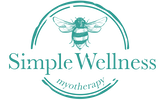

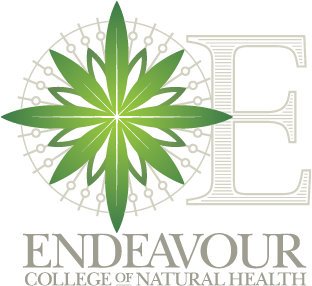
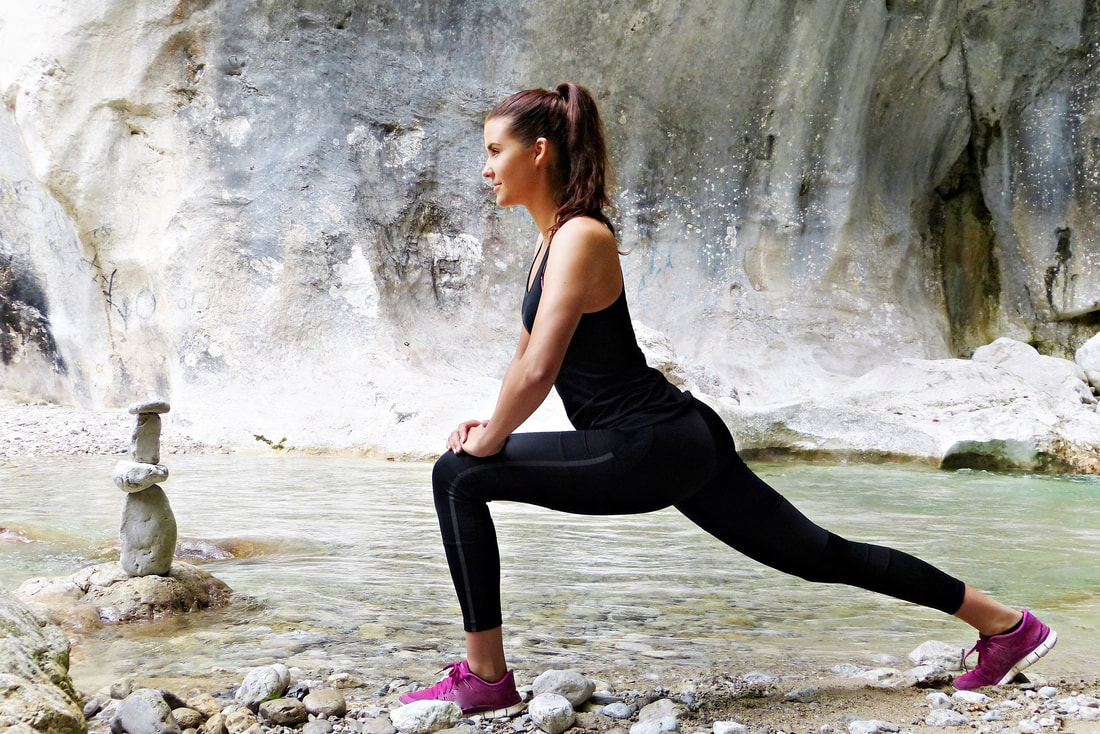
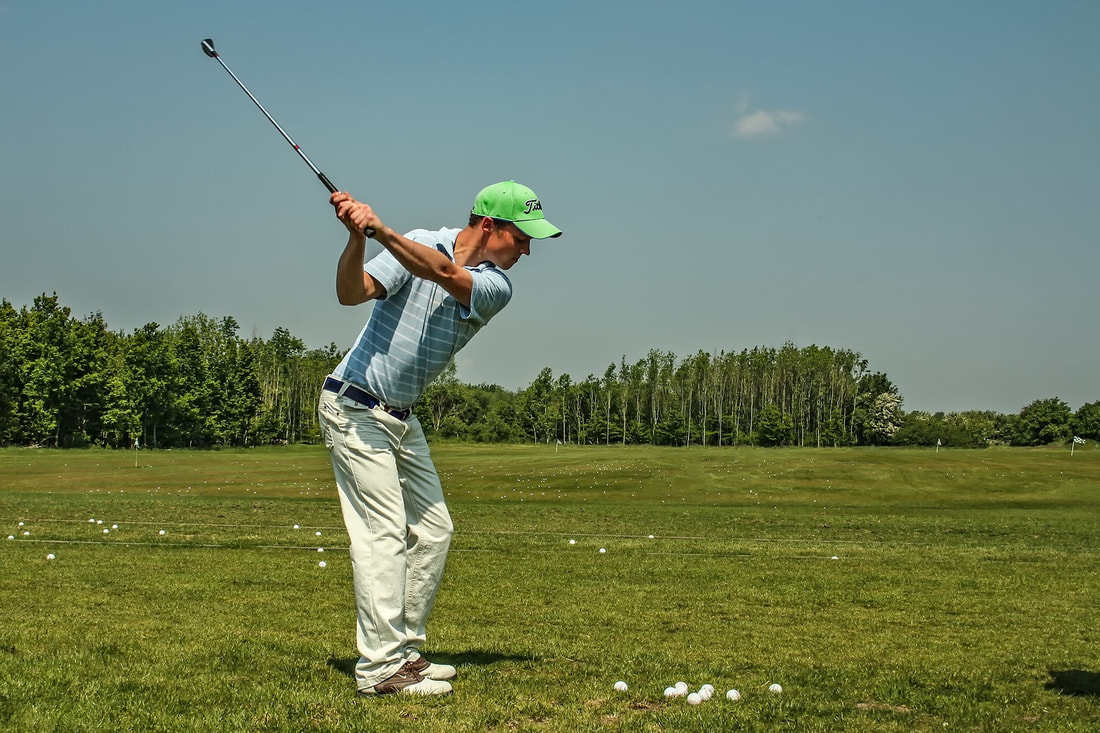
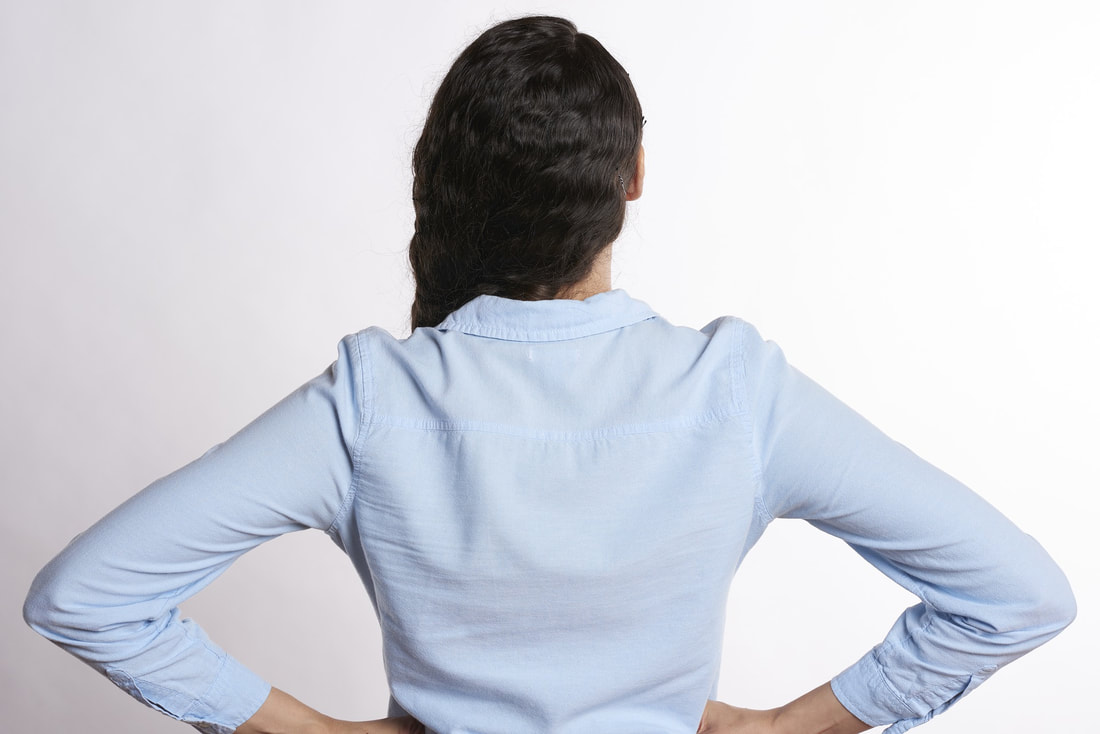
 RSS Feed
RSS Feed